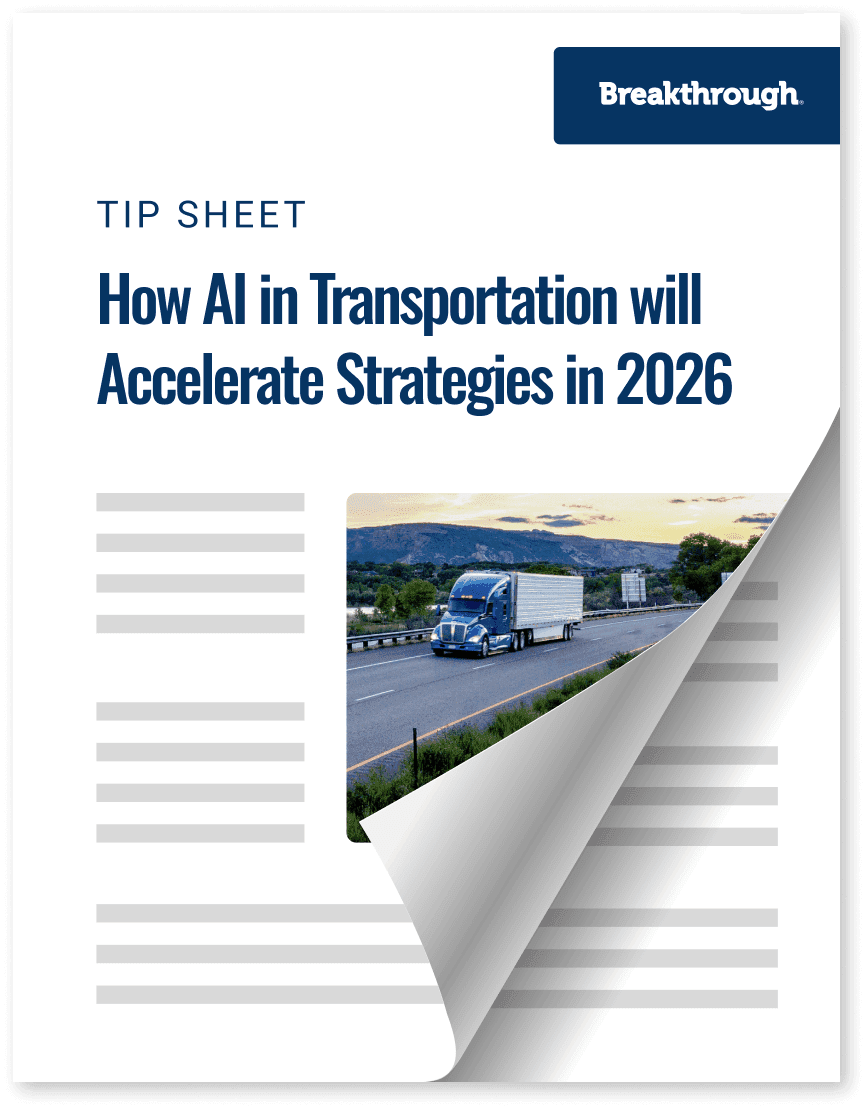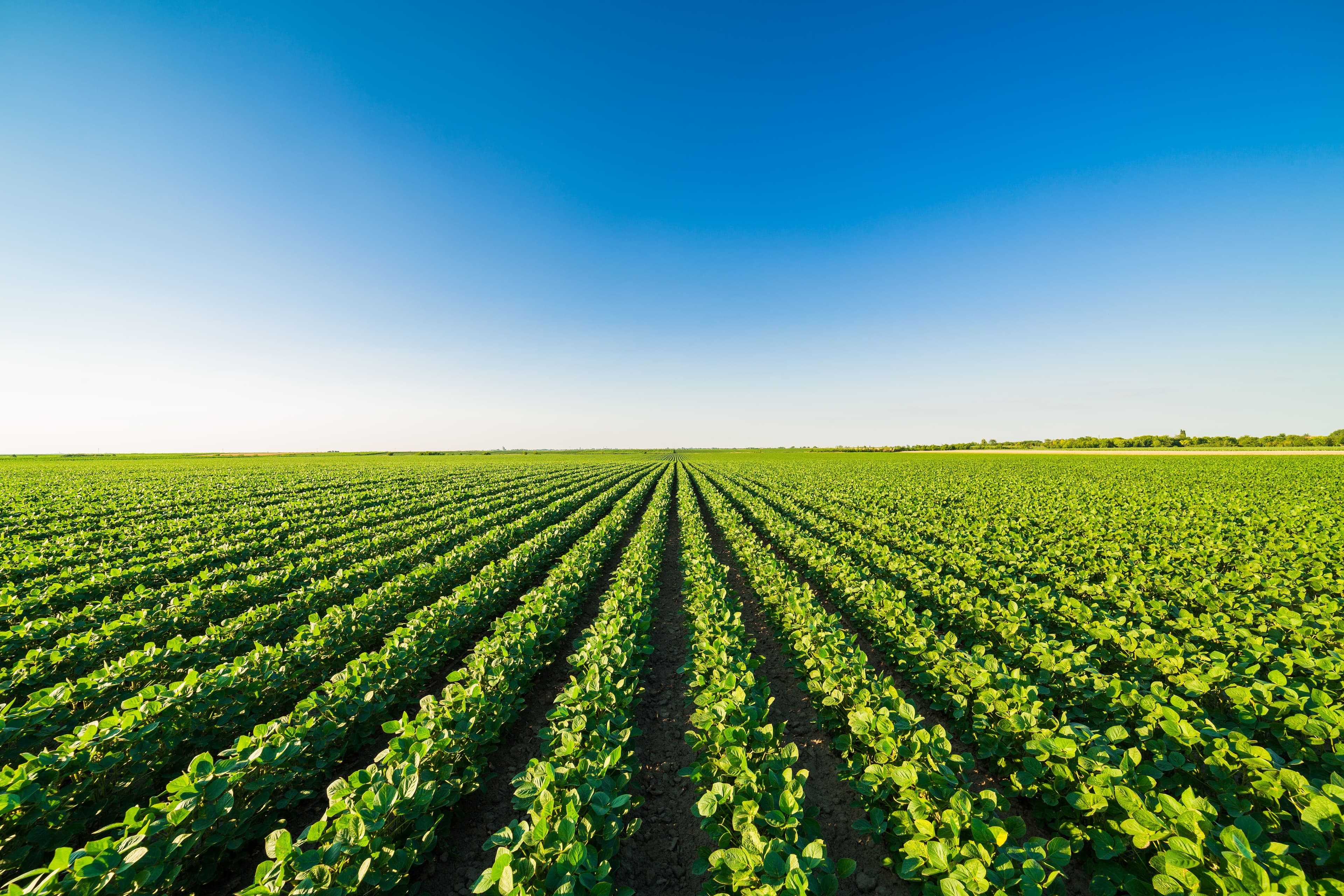How AI in Transportation will Accelerate Strategies in 2026

Trending
Top Posts
4 min read
September 17, 2019

Share:
Table of contents
Browse the table of contents to jump straight to the part you’re looking for
An exhaust gas cleaning system (scrubber) is a device installed onboard marine vessels that, quite literally, “scrubs” harmful sulfur oxides from exhaust gases.
The technology is commonly installed on ships seeking compliance options in the face of tighter emissions regulations. Scrubbers have been adopted for compliance within Emission Control Areas near coastlines and are also being installed in preparation for the International Maritime Organization’s global sulfur cap beginning Jan 1, 2020.
Scrubbers enable vessels to consume cheaper, high-sulfur fuel oil (HSFO) while still complying with mandated emissions levels. Vessels with scrubbing technology installed will be able to consume high-sulfur fuel at a significant discount to low-sulfur fuel. This is particularly true as low-sulfur options are expected to come at a premium due to increased demand.
Three types of scrubbers are most common: open, closed, and hybrid.
Open-loop scrubbers take in seawater for the cleaning process. After scrubbing the exhaust gas, the water is treated and released. Its natural water composition helps neutralize the effects of sulfur oxides.
Closed-loop systems utilize freshwater treated with alkaline chemicals to mimic the neutralizing effects of seawater. This water is reused repeatedly, adding additional water to the process as natural burn off occurs. This water is sent to water treatment plants before being released into the ocean.
Depending on the design, hybrid scrubbers can operate as either open or closed-loop systems and may be able to fluctuate between freshwater and seawater.
According to the Exhaust Gas Cleaning Systems Association (EGCSA), despite a wide variety of scrubber types, most “wet systems” operate with several consistent components: a vessel, a treatment plant, and sludge handling facilities.
Scrubbers tend to be located high on a ship’s funnel due to space considerations. The scrubber vessel combines exhaust steam with water. The internal treatment plant removes pollutants from the wash water. And the sludge handling facilities collect the excess sulfur oxides for later disposal.

IHS Maritime & Trade
Installation of scrubbers is expensive, requiring higher upfront investment than other emissions abatement options. Installation can also require long periods of inactivity for a vessel. The expected cost of equipment is between $2 million and $5 million per vessel, with variable labor and installation costs adding significantly to the final price. Scrubber installation can also reduce a vessel’s freight capacity. Scrubbers installed on ultra-large container vessels (ULCVs) could take up “at least 200 TEU” of container slots, according to Alphaliner.
Though effective at removing harmful sulfur oxides from gas particles, scrubbers have shortcomings for their overall carbon footprint. They do not currently remove NOx, CO2, and particulate matter from exhaust gases—arguably just as harmful, if not more than sulfur oxides. Additionally, as sulfur oxides are scrubbed from the air, the refuse accumulated through this process needs to be disposed of. This is often dumped into the ocean, which jeopardizes their overall effectiveness in terms of net emissions reduction.
The installation of scrubbing technology gained momentum as the prices of crude oil and bunker fuel rose during 2018. Scrubber installations will continue into 2020 at a rate that keeps manufacturers near their capacity. Low-sulfur fuel, however, will be the most widely used method of compliance for the IMO 2020 sulfur cap.
In the face of the changing IMO 2020 sulfur regulations, scrubbing technology is better used as a short-term solution, rather than a long-term strategy given the current state of the technology. Regulations will continue to become more stringent, and the benefits of scrubbers will likely be surpassed by future emissions regulations if continue to be incapable of removing other harmful pollutants.

8 min read
December 23, 2025
Navigate fuel surcharge rates with our expert guide. Discover how to calculate fair reimbursements and overcome the limits of traditional fuel surcharge models.
Read more
5 min read
December 16, 2025
Explore the draft V2.0 SBTi corporate net-zero standard. Learn about new guidance on biofuels, EACs, and scope 1 and 3 emissions to reach net-zero by 2050.
Read more
8 min read
December 10, 2025
Learn how DOE fuel surcharges work, their limitations, and how market-based fuel reimbursement strategies improve cost accuracy in freight.
Read more